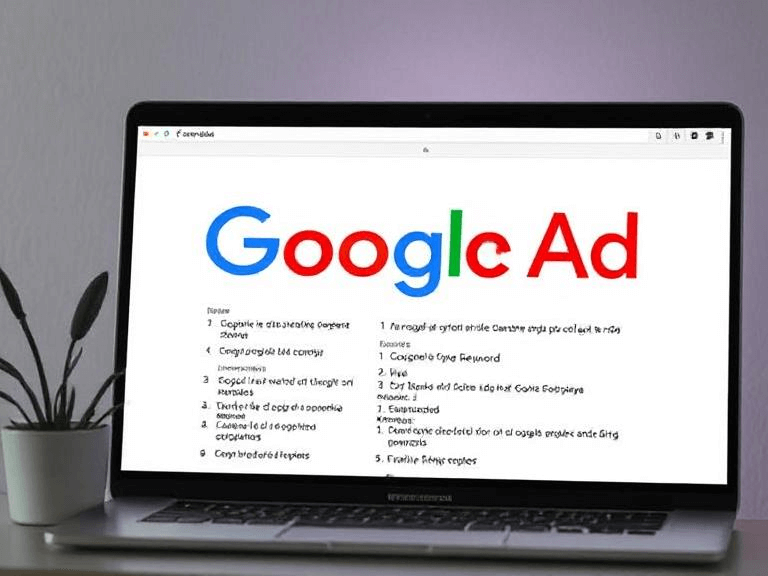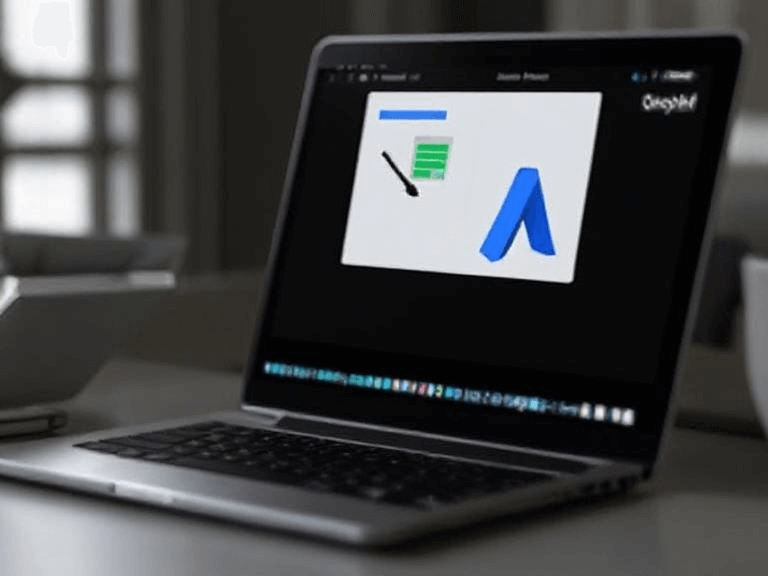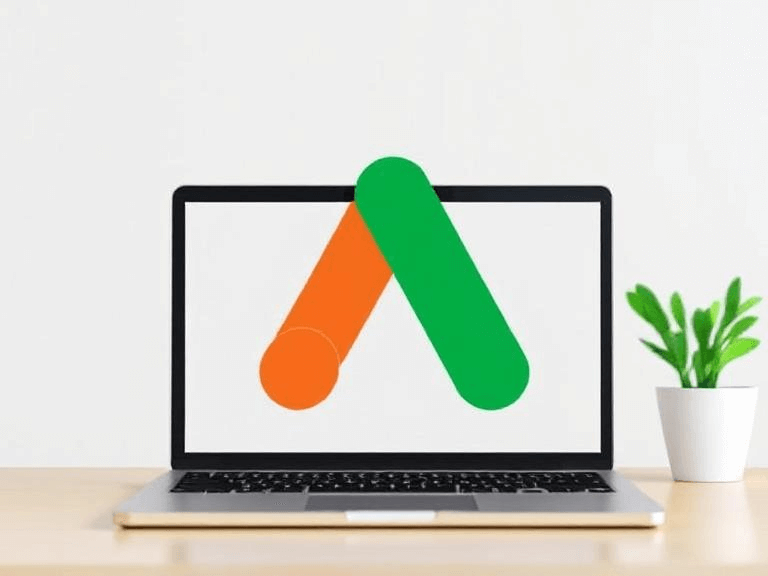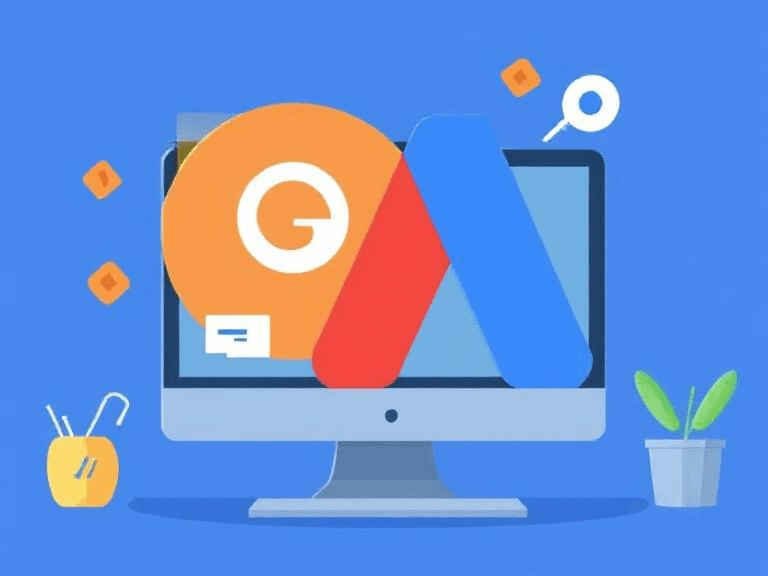Table of Contents
Introduction:

Google Ads Manager can be a method of generating traffic, brand awareness and sales and can be costly if controlled improperly. No matter if you are working for your own business or as a part of a SEO firm, it is critical to monitor your Google advertising cost to get the most of this kind of advertising. Fortunately, even when it comes to Google Ads Manager, it is full of a number of tools that will make it possible for you to work with low costs. Considering this we’ll discuss below seven effective ways that you can use in Google Ads Manager to maximize your ad spend ROI.
1. Leverage Smart Bidding for Cost Efficiency

The bidding model that you are able to use through the Google Ads Manager in regards to the Google ad prices have been as follows:
Smart Bidding makes it possible to bid for conversions rather than clicks; therefore, a business can manage to cut on costs and focus on the highly converting users. This is useful particularly for firms seeking to reduce on their google advertisement cost.
2. Negative keywords are another option that allows filtering out the traffic that is not interesting in the website or product/service offered by the website.

Another way of reducing the Google Ad cost is eliminating expensive keywords which shouldn’t be appear as a campaign result. These are the keywords you do not want your advertisement to be displayed when any of them is entered on the search engine bar. For example, if you are in the business of selling luxury products, it will be strategic to eliminate such words as ‘cheap’ or ‘discounted’. It can effectively exclude the users who cannot contribute to the conversions hence avoiding the instances where you will be paying for the impressions without gaining anything. This meant that the Google Ads Pricing made it was easier to add and even adjust the negative keywords that are used in the campaign in a bid to reduce your spending.
3. Here we will discuss about the specific ways that help to improve the targeting activity in order to maximize its effectiveness and return on investment.

This one of the most effective ways through which one can reduce the Google advertising cost, by refining the target area. Google Ads Manager also allows the target audience to be restricted by geographical location, devices, age, gender, etc. This way, you are sure that only those advertisements that are appealing to the users of the site will be posted and be likely to attract the attention of your target demographic. However, focused targeting will help to reach a higher quality of the target audience and lead to the increase of conversion rates and, therefore, decrease of cost per conversion.
4. Take Advantage of Ad Scheduling

Another measure to reduce expenses is applying ad scheduling, which is possible in Google Ads Manager. Ad scheduling enables us to select particular times during the day or days for the launching of the ads. This is an interesting aspect to consider because it allows you to specially target the audience and make sure the ads appear during the times your audience is active, rather than during the times they are inactive. This is equally useful in lessening the Google advertising expenses, and in addition to it increases the probability of the ads being viewed by the right people at the right time.
5. Improve the Quality Score to Get the Best Results

A part of the Google Ads cost is calculated based on the Quality Score, which affects the relevance and quality of the ads and the landing page. Having a good Quality Score translates to the fact that you will have to pay a lesser price each time users click on your ad. Hence, enhancing one’s landing pages is the key to increase the Quality Score and, in return, bring down the Google Ads cost.
The more compatible the landing page is with the keywords as well as the copy in the ad, the better your Quality Score will be, thus making it easy to reduce costs.
6. Remarketing can be effectively used to achieve the goal of minimizing wastage of your advertising budget.

Remarketing is a rather useful approach which can be utilized to retarget the users, who once showed interest in products or services of your website, but further did not proceed with purchase. You can easily make them loyal customers and even convert some of them who have had previous dealings with your business, thus avoiding prospects that are still unknown to your business. Using Google Ads Manager it is possible to organize remarketing which will bring your cost per acquisition to a less level and increase ROI.
7. Monitor and Adjust Campaigns Regularly

It is also necessary to track and make changes in the existing campaigns from time to time so that the costs of Google advertising can be regulated properly. If you monitor these metrics consistently, it becomes easy to determine which keyword, ad, or campaign is not doing very well as necessary changes could then be made. This helps in increasing one’s grasp on the advertising market and prevent wastage of money on the wrong adverts.
Conclusion

Google Ads Manager is a very efficient tool that, if applied correctly, will help to minimize your ad words google cost and max your ad budgets. Because of these techniques, smart bidding, targeting the appropriate audience, optimizing ad text, ad scheduling, and remarketing will work to make the ad preferable when placed. In addition to that, regular measurement and fine tuning will ensure that the highest value is realized with every dollar invested. The best thing for you to do with adwords is to be efficient and by following these seven tips, you are well on your way to achieving your desired objectives in your adverts. These are some tips which may be useful for any business owner and for those who will order Google Ads services at some digital marketing companies to avoid waste of money.
Frequently Asked Questions
What does google ad manager do ?
Google Ad Manager is marketing software used by publishers, for the promotion, selling and delivering of ad spaces. It aids in the management and availabilities of ad spaces, creates, implements and measures the effectiveness of campaigns, all of which allows them to earn revenues through displaying ads on the site through text, videos, or mobile. It also has features for reaching consumers individually, doing direct business, and improving advertisement revenues in all platforms. In other words, it eases the manner of selling and serving the ads while at the same time optimizing revenue from ads to the website owners and app developers.
How to setup google ad manager ?
Google Ad Manager is easy to set up where the user can create an account with Google Ad Manager simply by registering with the company’s website belonging to Google. Next, configure your inventory that contains size, type with the placement of the site or the application. Note that getting back the linked accounts is easy when you use AdSense as a supplement to Google Ad Manager. Then, make orders and line items, where you specify your campaigns settings and creatives, as well as the targeted audience. Lastly, generate ad tags and place them on your website or applications to begin placing the ads. Lastly, ensure that you observe your performance while making the changes for better performances.
How to delete google ads manager account ?
To delete your Google Ad Manager account first of all, you have to go to the sign-in page of the website. Go to “Admin” tab, then “Account Settings” and finally “Account Information”. There is a feature of deactivation or deletion of the profile that you find below. However, it is vital to understand that when the account is deleted, there are no more possibilities to obtain any ad information or revenues ever again. It should be noted if you are in an organization entailing many people, consult an admin as they may have to authorize or perform the action themselves, in some cases. It is also advisable to copy all important files as they proceed with deletion exercises.
How does google ad manager work ?
Google Ad Manager can be defined as a service provided to the publishers in order to control and place advertisement across any sites, applications, or any other display type. Now it links ad inventory or spaces where ads will be placed with; advertisers who wish to place their advertisements on particular sites. A brief exploration to the features and functions of the ad platform show that publishers can initiate the ad unit, arrange them, and also establish campaigns and staking conditions. Ad Manager then distributes the ads to the users in this configuration for relevance and its effectiveness in generating revenue. It covers both direct deals (when the advertisement is sold directly to the advertiser) and programmatic advertising (when the inventor are bought through an auction). The platform also monitors the returns on the adverts and provides reports to the publishers to enable them increase its returns.
How much does google ad manager cost ?
Google Ad Manager is itself is a free service where most of the publisher are eligible even if they are having less than 90 million impression per month. Google itself has an upgraded version of AdSense namely the Google Ad Manager 360 geared towards big publishers and those with more enhanced options such as extra support and features such as detailed access to reports and targeting. Google Ad Manager 360 is not openly priced, and for that, it depends on the quantity as well as services that a company requires. For most small publishers, Google Ad Manager is mainly available for free; it draws its income from ads placed on the network and takes a cut.
How to create a google ads manager account ?
In order to advertiser on Google Ad Manager and create an account, go to the official site of Google Ad Manager and sign up for an account. Gmail users are required to create a Google account or sign in with one if they already existing one. Help your users to create an account where you will be required to give details of your website or the application, country of operation, and billing currency. After signing up, its possible to start modifying the ad inventory using online tools, make ad units and integrate AdSense where necessary. Following a setup, Finder allows users to begin serving the ads and escalate to campaign management.








